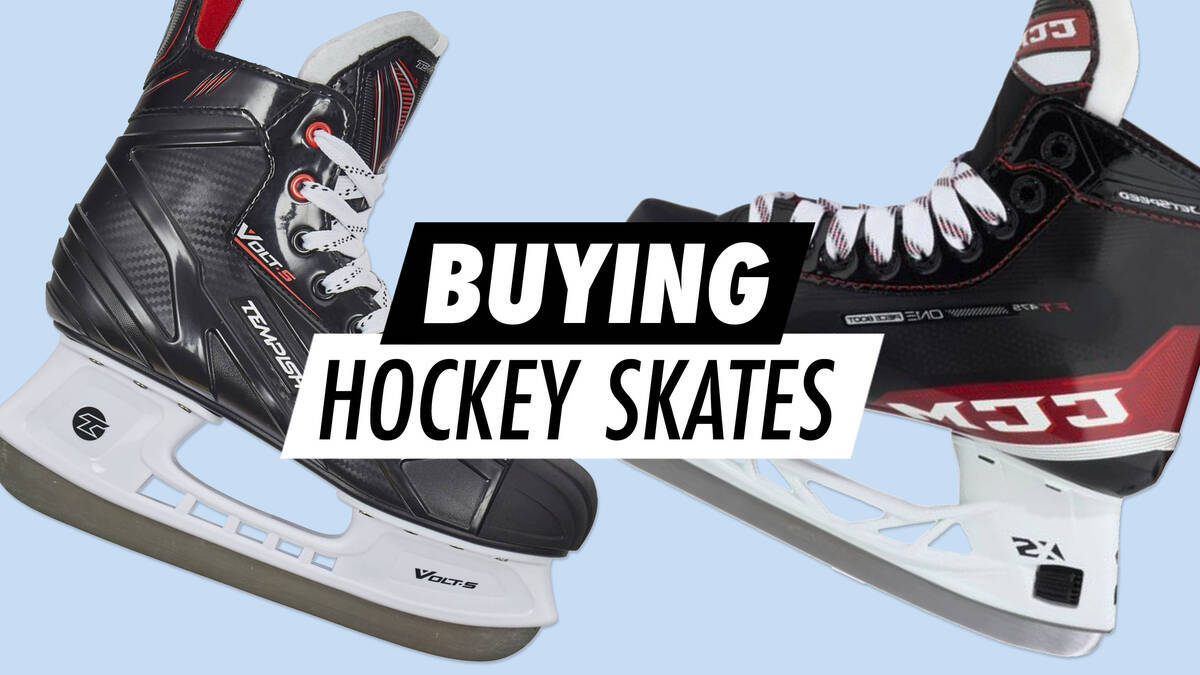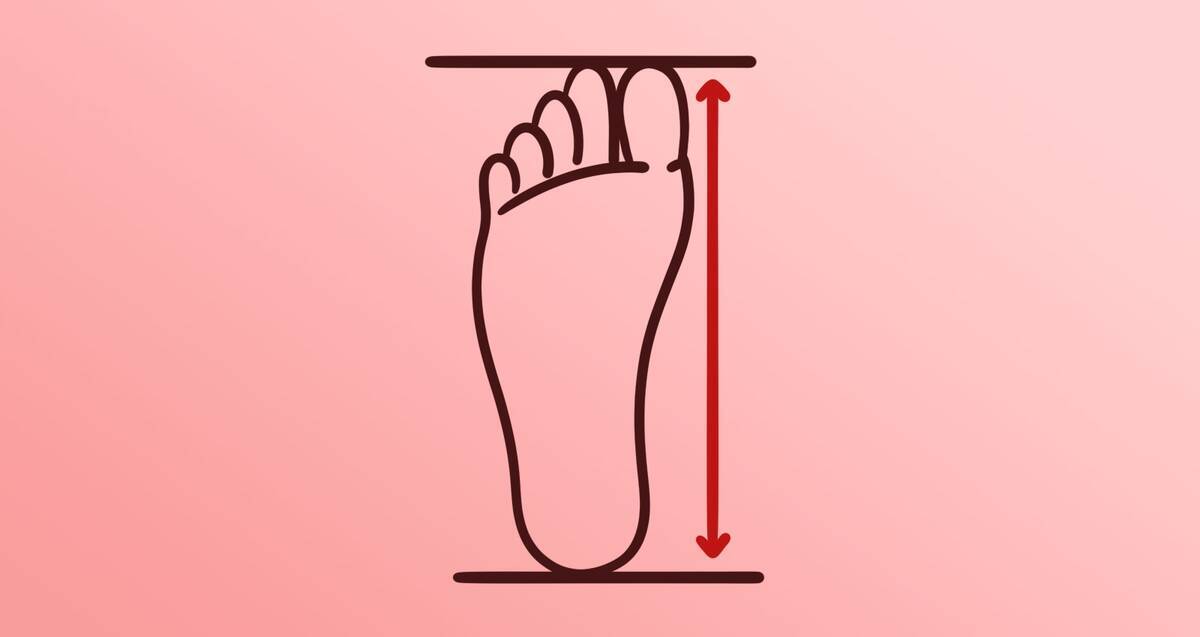Guide to Purchasing Ice Hockey Skates

Selecting the ideal pair of ice hockey skates can significantly enhance your comfort and performance on the rink. Making the right choice is a vital part of fully enjoying the sport. This guide will provide you with all the knowledge you need to make an informed purchase.
Steps for Fitting New Ice Hockey Skates
To ensure your new hockey skates fit just right, follow these straightforward steps:
- Completely loosen the laces so you can easily put your foot in the boot. Push your toes forward as much as possible. You have the correct size when there's just enough room to slip a finger behind your heel inside the boot.
- Wear both skates and lace them securely, but not excessively tight. Walk around to check the comfort level. Ensure there are no painful pressure areas.
- Push your heel all the way back into the boot. It should remain firmly in place without any movement.
- Assess the space around your foot; there should be adequate room for your foot and toes, without any areas of discomfort.
- Flex your knees; the skate should be flexible to allow for a good stance in hockey.
- Add lateral pressure; the skate needs to be rigid and offer sufficient support for powerful skating.
Skates that fit correctly will provide excellent control and stability, enabling smooth and assured motion on the ice. Skates that are too large will feel unstable, while those that are too small will cause pain. Adhere to this guidance to let your skates become an integral part of your game.
Essential Factors When Selecting Ice Hockey Skates
Understanding Skate Sizing for Ice Hockey

Sizing for ice hockey skates differs from normal shoe sizing. Variations in skate size occur according to the brand and model, so consulting the specific sizing guide for the skates you wish to purchase is crucial, particularly when shopping online.
- Foot measurements: Place your foot against a wall and measure from the wall to the end of your big toe.
- Sizing guides: Use the size chart for each product to match your foot length to the recommended skate size.
- Width: Some brands offer multiple width options, so consider these for an optimal fit.
The right fit is vital for ensuring both comfort and performance on the rink. Refer back to the section titled “Steps for Fitting New Ice Hockey Skates.”
Breaking in New Hockey Skates
New skates may initially feel rigid, but over time they will mould to your feet. Breaking them in correctly is key to comfort and performance. Here are some tips for easing the break-in period for your new hockey skates:
- Use the skates frequently to naturally soften the boots.
- Wear the skates at home with hard skate guards if you're not on the ice.
- If the skates are heat mouldable, visit a professional skate shop for proper fitting.
- Take short breaks to relieve your feet.
Properly breaking in your skates can help avoid unnecessary pain and increase your confidence and agility on the ice.
Optimal Tightness for Hockey Skates
Hockey skates should be snug enough to provide support but not so tight that they cause discomfort. Laces should secure your foot, especially around the ankles, while allowing flexibility for knee bends. Always ensure there are no pressure points when lacing up.
Choosing the Ideal Ice Hockey Skates for Beginners and Young Players
If you're a beginner or shopping for a young player, focus on comfort, durability, and budget. Seek out skates that offer strong ankle support, a snug fit, and features tailored to those new to the sport or for younger players.
For young skaters, look at adjustable models that can accommodate growth.
Best Places to Purchase Ice Hockey Skates
Visit SkatePro either physically or online to find the right hockey skates and gear. As a specialist skate shop since 1996, we provide a broad range of products and expert service. Our knowledgeable team can offer fitting advice to ensure your skates are adjusted for maximum performance and comfort. We also provide professional skate sharpening to keep your gear in top condition.
For online shopping, SkatePro offers a convenient option to explore a wide variety of hockey skates and accessories. Our sizing guides assist in making well-informed decisions, and if your choice isn't quite right, we offer simple returns.
Explore our selection of ice hockey products:
- Ice Hockey Skates
- Hockey Sticks
- Pucks
- Ice Hockey Protection
- Ice Hockey Accessories & Hockey Clothing
Gain more insights through these guides:
